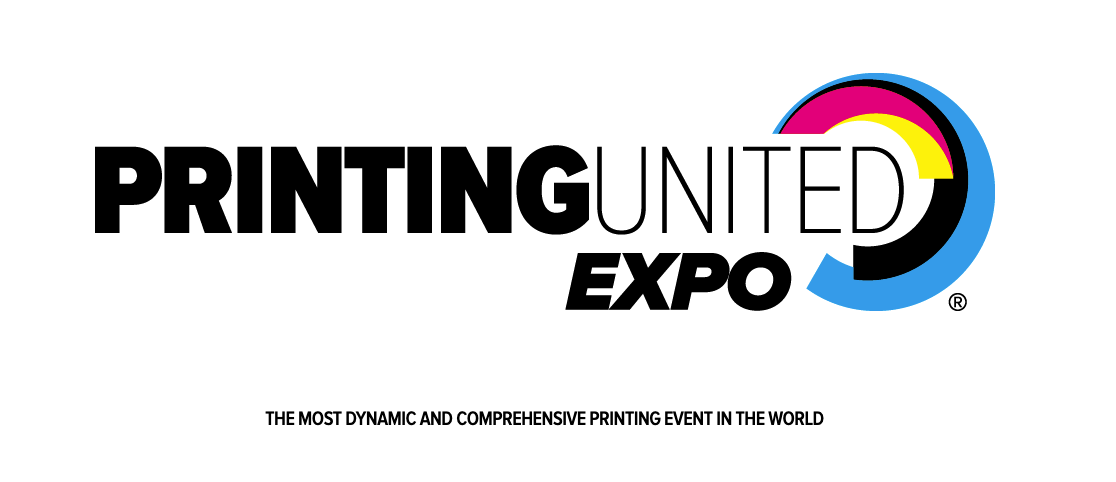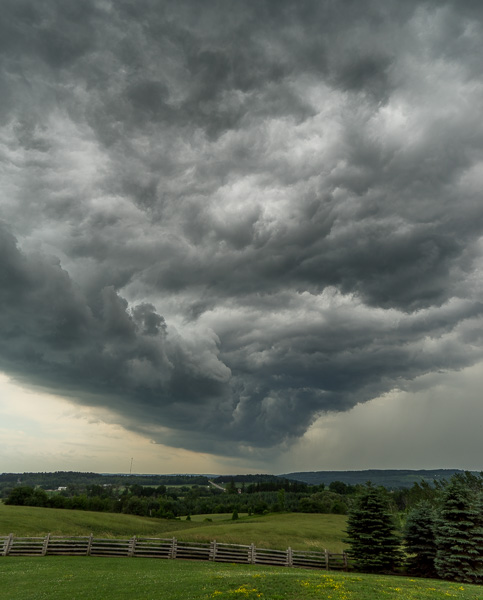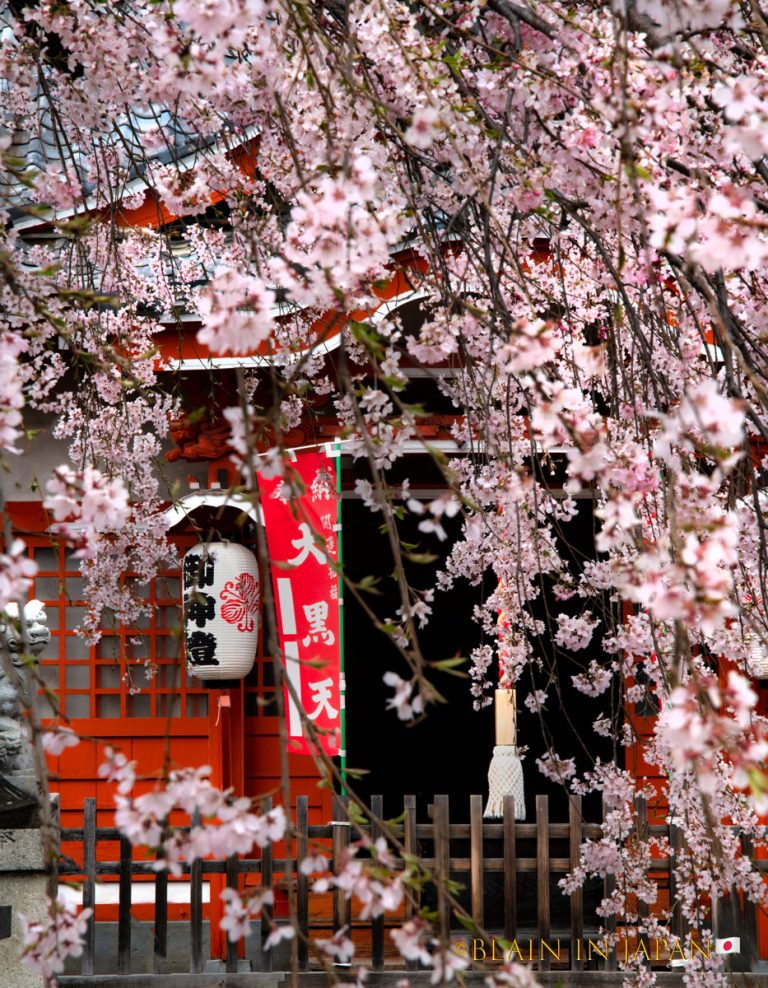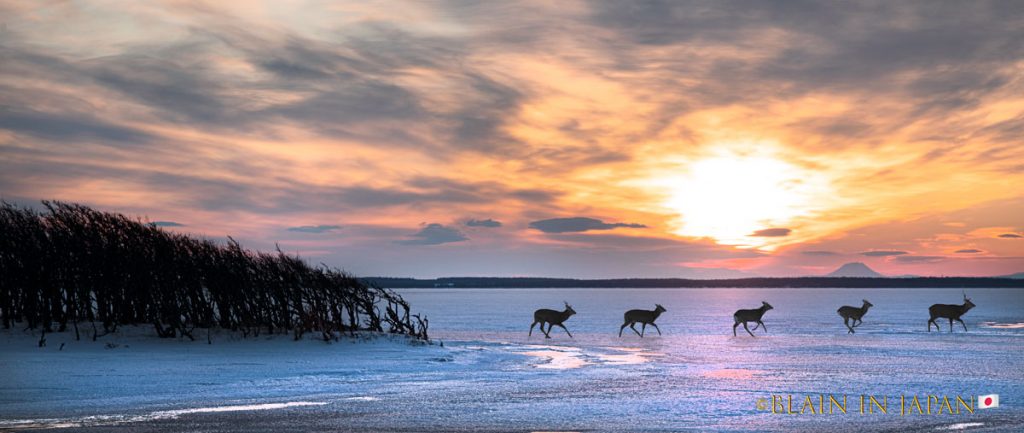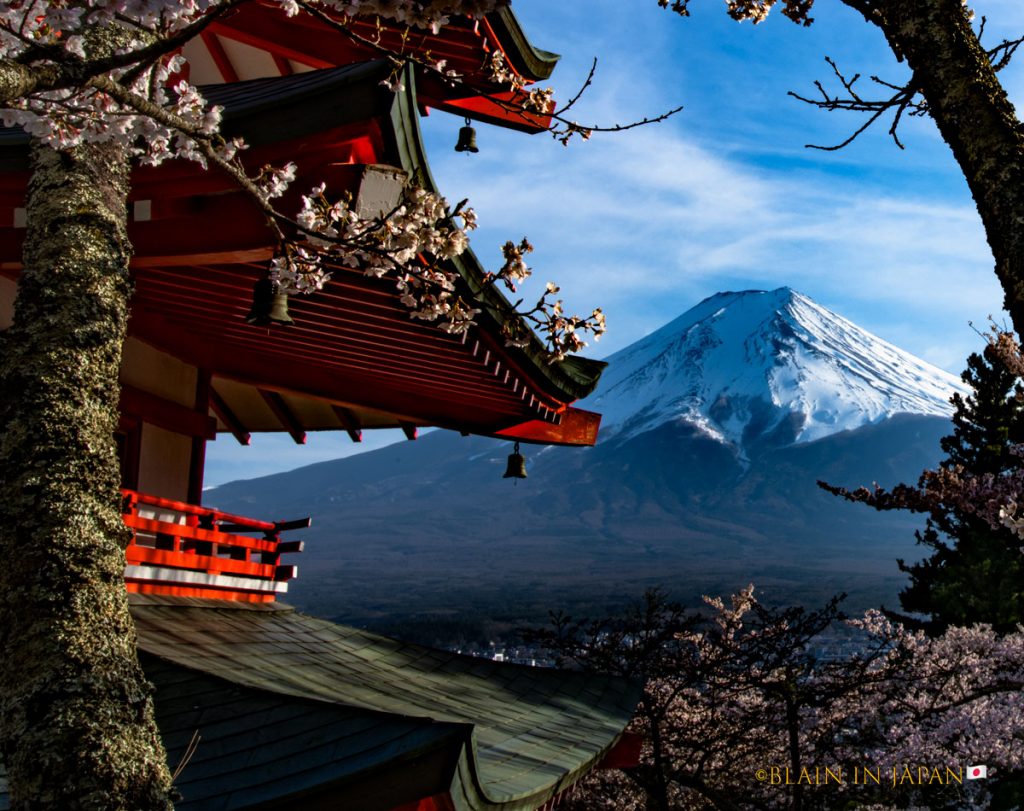October 22-24, 2025 | Orange County Convention Center | Orlando, Florida
The printing landscape continues its evolution, and PRINTING United Expo 2025 showcases where our industry is heading. With over 680 exhibitors sprawling across 355,000 square feet of exhibition space, this year’s event presents critical developments that will shape how photographers approach printing for years to come. Whether you’re attending in person or following from afar, let’s take a look at what’s happening in fine art printing.
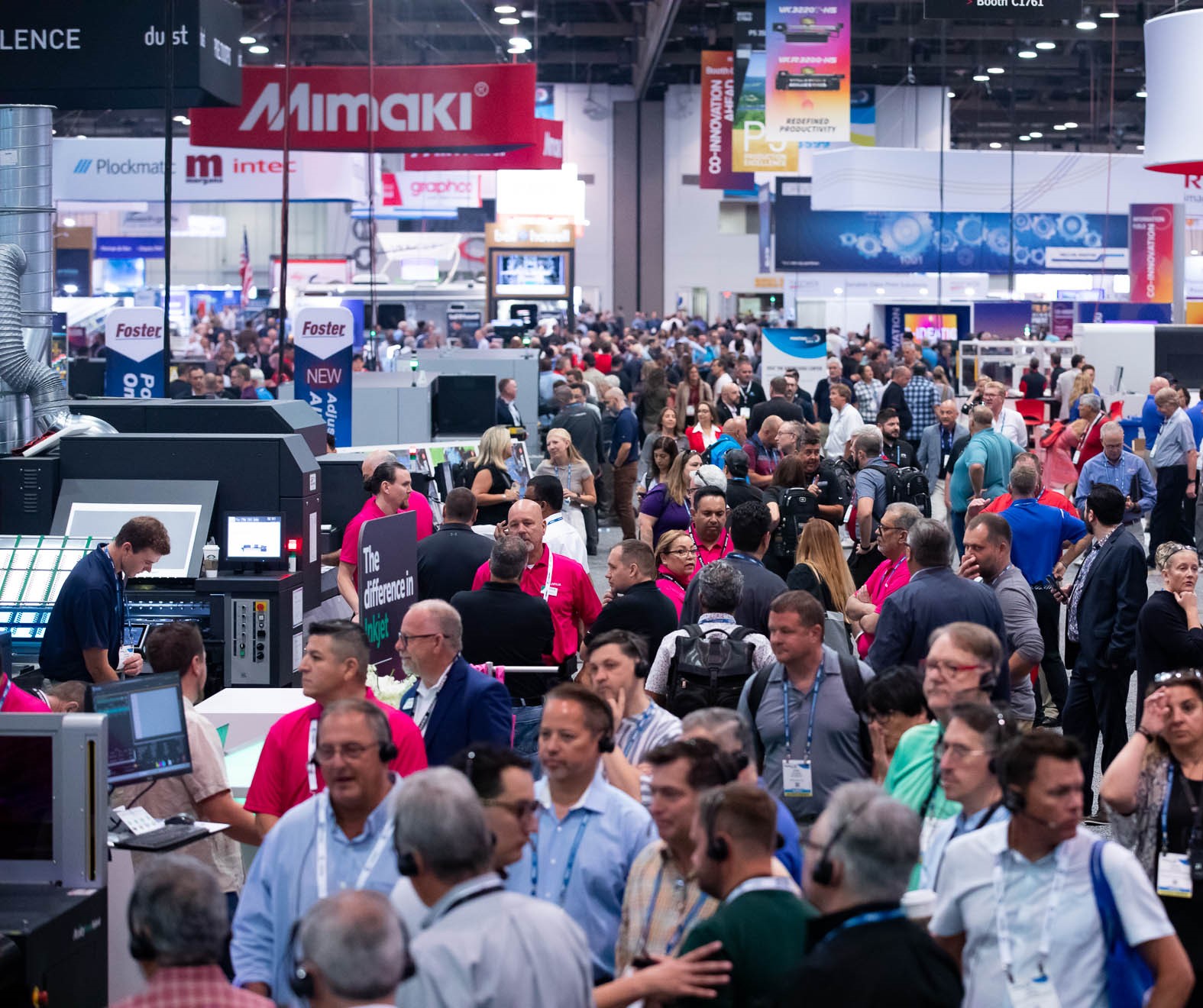

The Technical: Key Printer Announcements
Canon’s Strategic Push: The imagePROGRAF PRO-2600 Victory
Canon’s presence as title sponsor at Booth #2642 underscores their commitment to the professional photography market. The big announcement is their image PROGRAF PRO-2600, which secured the 2025 Pinnacle Award for best aqueous photo printer under 80 inches.
This 24-inch printer is a statement about where Canon sees the market heading.
The PRO-2600 utilizes Canon’s LUCIA PRO II ink set, featuring 11 newly developed pigments plus Chroma Optimizer across 12 channels. The system maintains dedicated Matte Black and Photo Black channels with 2400 dpi precision printheads, doing away with the wasteful ink switching that was a problem in earlier generations.
What makes this particularly compelling is the enhanced red/blue gamut expansion – which is crucial for landscape photographers dealing with golden hour skies and deep shadow blues.
Technical specifications worth noting:
- Ink Configuration: 12-channel system (MBK, PBK, C, M, Y, GY, PC, PM, PGY, R, B, CO)
- Resolution: 2400 x 1200 dpi with variable droplet technology
- Media Handling: Dual roll capability with automatic media detection
- Longevity: Wilhelm Imaging Research validated 200+ years in album storage
- Connectivity: Gigabit Ethernet, USB 3.0, built-in WiFi 802.11n
- Linux Support: First Canon PRO series with official Linux drivers
The inclusion of Linux support signals Canon’s recognition of the different professional workflows out there – many high-end RIP systems and color management solutions run on Linux platforms.
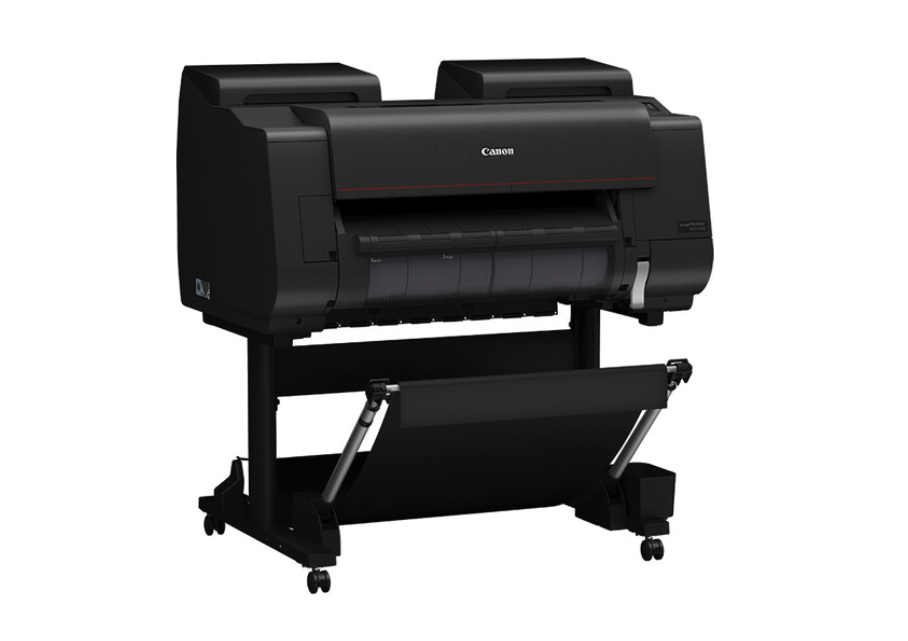

Epson’s Calculated Gambit: P-Series Expansion
Epson’s booth (#3970) featured their SureColor P-Series winners of five PRINTING United Alliance 2025 Pinnacle Product Awards. The real story here involves three distinct product strategies targeting different market segments.
The Speed Demons: SureColor P7370 and P9370
These new 24-inch and 44-inch printers feature 10-channel 2.6-inch PrecisionCore printheads with UltraChrome PRO10 ink including Violet. The addition of Violet specifically addresses a long-standing weakness in inkjet reproduction – the blue-purple spectrum critical for twilight photography and floral work.
Key technical advantages:
- Print speeds over two times faster than previous generation
- Dedicated Photo Black and Matte Black channels eliminate switching
- Violet Ink Impact: 18% wider gamut in blue-violet range (420-450nm wavelengths)
- Media Flexibility: Handles posterboard up to 1.5mm thick
- Pricing: $3,495 (P7370) and $5,295 (P9370) – positioning against Canon’s PRO series
Check out Mark Segal’s latest review of Epson: https://luminous-landscape.com/the-new-epson-sc-p7370-7300-printer/
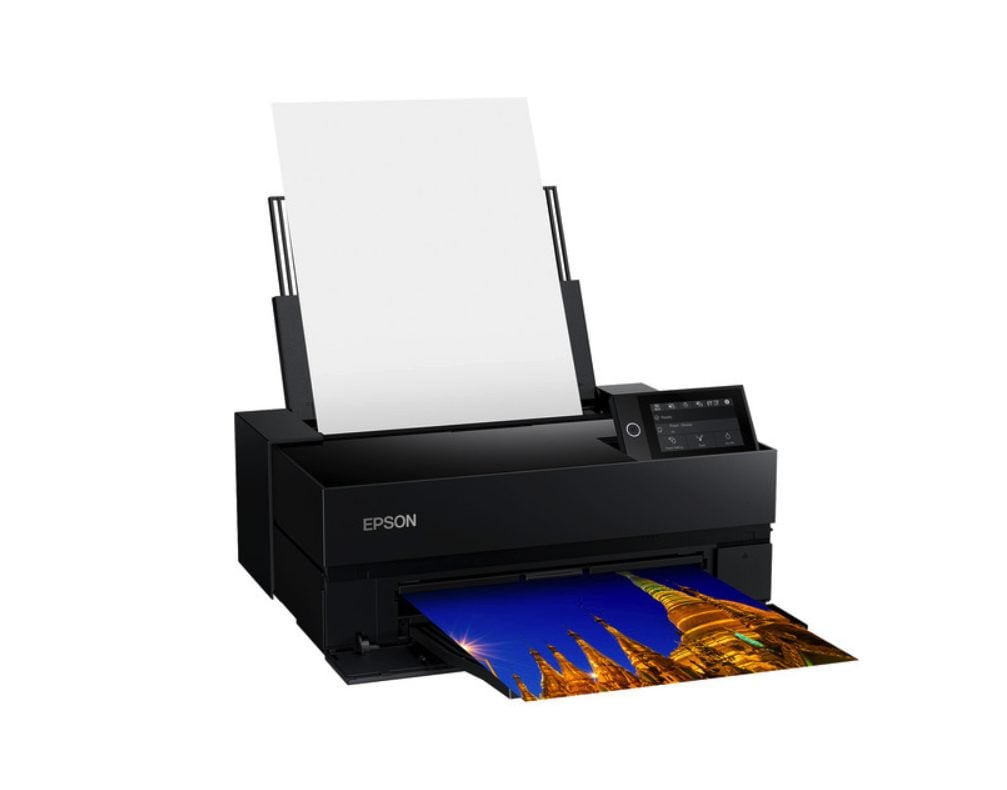

The Production Beast: SureColor P20570
Epson’s 64-inch SureColor P20570 delivers museum-quality output at approximately 200 square feet per hour! This printer targets high-volume studios and galleries requiring both speed and uncompromising quality.
Technical specifications that matter:
- 12-channel PrecisionCore Micro TFP printhead with UltraChrome PRO12 ink set including Orange, Green, and Violet
- 1.6-liter bulk ink system reducing plastic waste by 90%
- Nozzle Verification Technology for automated maintenance
- Color Gamut: 99% Pantone Formula Guide coverage
- Print Permanence: 200 years color / 400 years B&W (Wilhelm testing)
- Media Width: 10″ to 64″ with borderless options
- Resolution: 2400 x 1200 dpi with 3.5 picoliter minimum droplet
The bulk ink system is a significant operational improvement – at 200 sq ft/hour consumption, the 1.6L packs mean fewer interruptions and lower cost per ml compared to traditional cartridges.
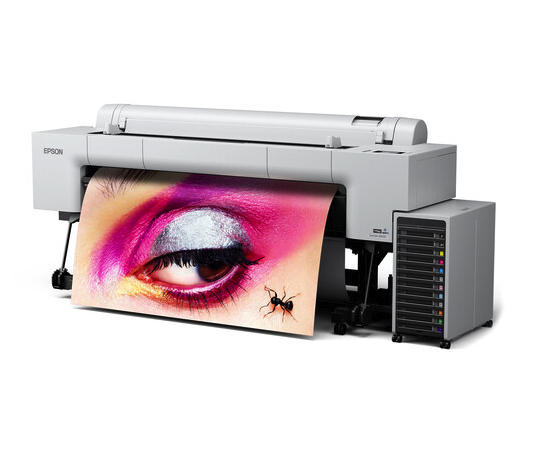

HP’s White Ink Revolution: Latex 2700 Series
HP’s booth (#4249) centered on their Latex Large-Format Printers with emphasis on white ink capabilities. While HP’s Latex technology traditionally targeted signage markets, the 2700 series makes a good argument for fine art applications on alternative substrates.
The HP Latex 2700W delivers “whitest white” ink at 54 m²/hr (581 ft²/hr) with automatic recirculation and offline printhead storage. This addresses a huge limitation in printing on colored or metallic substrates – the ability to lay down opaque white as either underbase or spot color.
Technical innovations:
- Visual opacity of 94.7% on black substrates
- 30% wider color gamut compared to UV alternatives
- Symmetrical Dual Printheads: CMYK + Optimizer duplicated for speed
- White Ink Management: Rotating chamber storage prevents settling
- Environmental: Water-based inks with UL GREENGUARD Gold certification
- Media Flexibility: Handles up to 300kg single roll or dual 200kg rolls
For photographers exploring printing on wood, colored papers, or acrylic, this white ink capability opens up creative possibilities that previously required screen printing or UV flatbed systems.
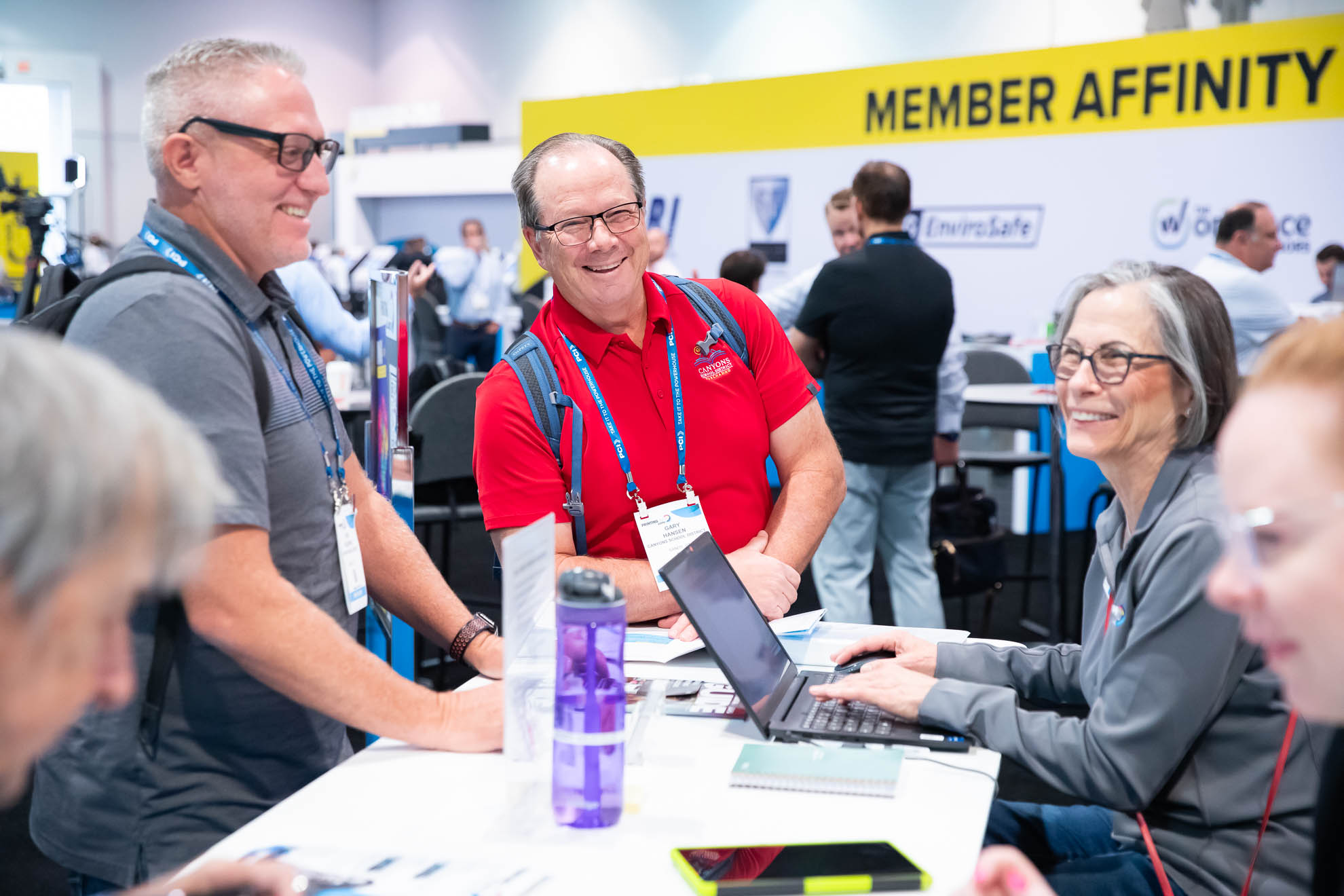

New Ink Chemistry: Fujifilm’s AQUAFUZE Technology
Fujifilm’s booth (#3021) unveiled their Acuity TR 64-inch roll printer featuring AQUAFUZE water-based UV inks. This represents what could be huge in ink chemistry by combining water-based carrier benefits with UV-curable durability.
AQUAFUZE technology combines photopolymer dispersion with water-based UV curing, eliminating primers, optimizers, or topcoats. The technical achievement is that it’s a stabilizing UV-reactive monomer in aqueous suspension – something the industry has tried for over a decade.
Critical specifications:
- UL GREENGUARD Gold certified with low odor
- Curing System: LED UV at 395nm wavelength
- Temperature: 40-45°C operating (vs 60°C+ for latex)
- Flexibility: 160% elongation without cracking
- Adhesion: Direct to substrates without primers
- Durability: Comparable to solvent-based inks
- Print runs up to 150 meters without intervention
The low-temperature operation preserves heat-sensitive media while the instant UV curing enables immediate finishing – addressing two major workflow bottlenecks.
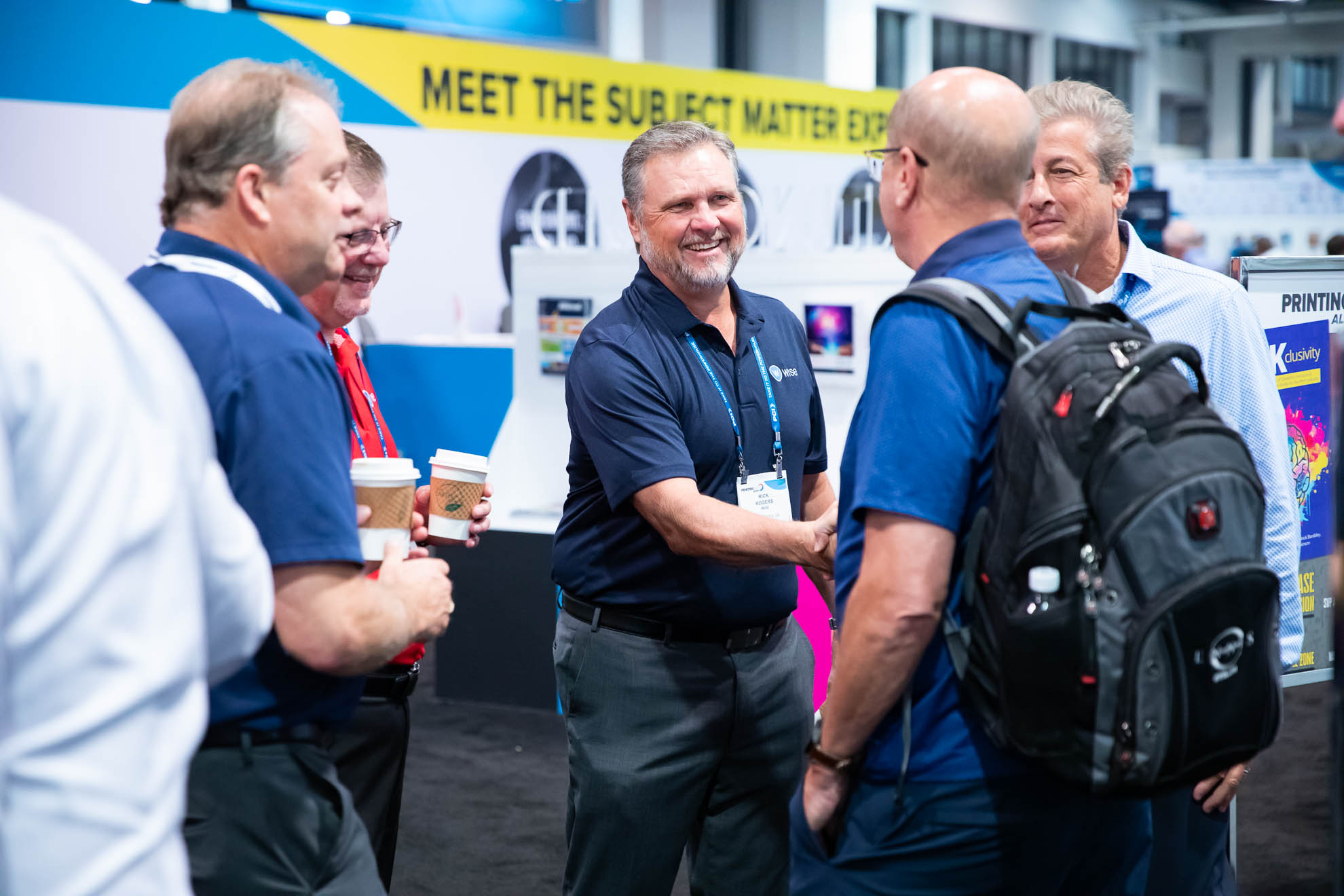

Color Management: Beyond Basic Profiling
X-Rite’s i1Pro 3 Ecosystem
X-Rite’s booth (#2593) demonstrated the i1Pro 3 spectrophotometer with emphasis on production consistency. The technical improvements over the i1Pro 2 address real-world challenges in maintaining color accuracy across print runs.
Key technical improvements:
- Full-spectrum LED light source enabling single-pass measurements
- Inter-instrument agreement: 0.3 ΔE00 average
- Spectral range: 380-730nm at 10nm resolution
- Measurement frequency: 400 measurements per second in scanning mode
- XRGA Compliance: Automatic adjustment for ISO standard compliance
- Polarization Filter: Optional for high-gloss media measurement
The measurement speed improvement is significant for high-volume operations – profiling a 2000-patch target now takes under 5 minutes versus 15+ minutes with previous generation devices.
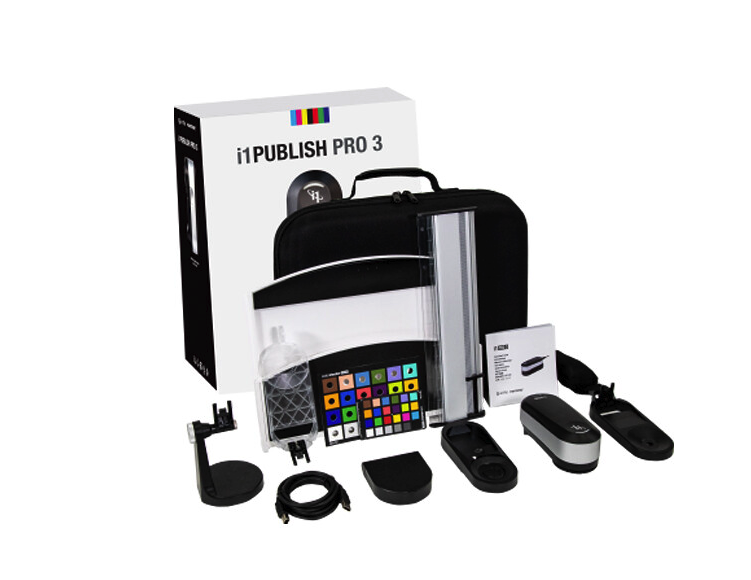

Workflow Integration: RIP and Cloud Solutions
Onyx Graphics (Booth #3033) unveiled ONYX 25 with modernized layout tools and cloud-based print shop management. The integration story here is huge – modern RIPs are becoming complete production ecosystems rather than just color management tools.
ONYX 25 technical capabilities:
- Multi-image Templates: Automated nesting algorithms
- Double-sided Printing: Registration accuracy ±0.5mm
- Cloud Integration: Real-time job costing and ink consumption tracking
- Color Management: Support for custom illuminants and observer angles
- PDF/X-4 Support: Native transparency handling without flattening
Epson’s Cloud Solution PORT provides remote monitoring across multiple printers, while Canon’s PRISMAsimulate enables accurate cost estimation before printing. These cloud-based solutions show the industry’s shift toward data-driven decision making.


Media Innovation: Beyond Traditional Papers
Fine Art Paper Developments
Legion Paper (Booth #5011) showcased Moab fine art papers and teased new offerings. While no revolutionary new papers were announced, the emphasis on OBA-free (Optical Brightening Agent) media reflects growing awareness of archival concerns.
Technical considerations for paper selection:
- Cotton Content: 100% cotton for maximum permanence
- Surface Texture: Hot press (smooth) vs cold press (textured) impact on Dmax
- Weight Range: 190-600gsm for different presentation needs
- Coating Technology: Microporous vs swellable affecting dry time and durability
- pH Neutral: Critical for long-term stability
Alternative Substrates: The New Frontier
QMLS launched Brava Wallcoverings, PVC-free printable wallpaper with 120+ embossing patterns. This shows the combining of interior design and fine art printing – photographers can now offer wall-scale installations without traditional mounting limitations.
Technical specifications for alternative media:
- Wallcovering: Up to 54″ seamless width, Class A fire rating
- Fabric Printing: be.tex canvas accepting aqueous, UV, and latex inks
- Metallic Substrates: ChromaLuxe sublimation panels with 95% color gamut
- Acrylic Options: 3-10mm thickness with direct UV printing capability


Market Dynamics: Reading the Technical Tea Leaves
The Convergence Story
Three clear trends emerge from the technical specifications:
- Ink Channel Proliferation: Canon at 12 colors, Epson pushing 12 colors with P20570, even HP adding white. The market demands wider gamuts and specialized colors (Violet, Orange, Green) for accurate reproduction.
- Speed Without Compromise: Every manufacturer emphasized faster printing without quality reduction. The technical achievement involves larger printheads (Epson’s 2.64″ units), improved droplet ejection frequency, and sophisticated dot placement algorithms.
- Workflow Automation: From automatic media detection to cloud-based monitoring, the emphasis shifts from operator skill to system intelligence. This democratizes high-quality printing while enabling skilled operators to manage multiple devices simultaneously.
Competitive Analysis: Who Wins What
Canon’s Position: The PRO-2600‘s Pinnacle Award validates their engineering, but the real victory is price/performance. At roughly $3,000 street price with 12-channel capability, they’re undercutting Epson’s comparable models by 20-30%.
Epson’s Strategy: Three-tier positioning (PRO10 at entry, PRO12 at midrange, production at high end) provides clear upgrade paths. The Violet ink addition specifically targets Canon’s weakness in blue-purple reproduction.
HP’s Niche: White ink capability at production speeds creates a unique value proposition. For photographers exploring alternative substrates or requiring spot white, HP becomes the only viable option without moving to flatbed UV systems.
Fujifilm’s Wildcard: AQUAFUZE technology, if proven reliable, could disrupt the entire aqueous/UV/latex hierarchy. The combination of instant drying, low heat, and environmental safety hits multiple market demands simultaneously.
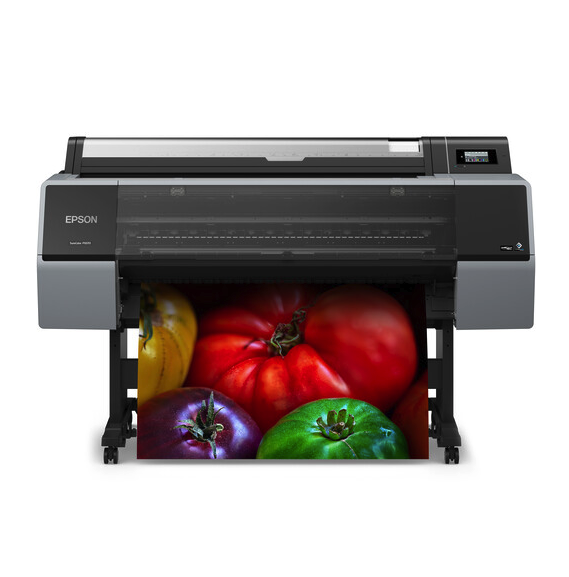

Practical Implications for Photographers
Investment Decisions
Based on technical specifications and market positioning:
For Portrait/Wedding Photographers: Canon PRO-2600 or Epson P7370 provide optimal balance of quality, speed, and operational cost. The dedicated black channels eliminate workflow interruptions.
For Landscape/Fine Art: Epson P9370 or P9570 (with Green/Orange) deliver maximum gamut. The Violet channel particularly benefits sky gradations and shadow detail.
For High-Volume Studios: Epson P20570’s bulk ink system and 200 sq ft/hour throughput justify the investment above 500 prints monthly.
For Alternative Media Explorers: HP Latex 2700W opens creative possibilities on colored stocks, wood, and metallic substrates impossible with traditional aqueous printers.
Workflow Optimization
Technical improvements enable new approaches:
- Profile Everything: With i1Pro 3’s speed, creating custom profiles for every paper/ink combination becomes more practical.
- Embrace Automation: Cloud monitoring and automated calibration reduce operator intervention, enabling single-operator multi-printer operations.
- Consider Alternative Media: With improved ink adhesion and white capability, expanding beyond traditional papers differentiates your work and commands premium pricing.


Looking Forward: Technology Trajectories
Several technical developments suggest future directions:
Printhead Evolution: Epson’s 2.64″ printheads and Canon’s precision placement indicate continued size/accuracy improvements. Expect 3″+ printheads with sub-picoliter droplets within 2-3 years.
Ink Chemistry: Fujifilm’s AQUAFUZE proves hybrid technologies viable. Watch for more water-based UV systems and potentially LED-curable pigment dispersions.
Automation Integration: Cloud connectivity is becoming more standard. Machine learning for color matching and automated troubleshooting will continue to evolve.Sustainability Focus: 90% plastic reduction in Epson’s bulk system reflects environmental pressures. Expect cartridge-free systems and increased recycled content requirements.
Bottom Line
PRINTING United Expo 2025 demonstrates the printing industry’s continued technical innovation. For photographers, these developments translate to useful benefits: wider color gamuts for accurate reproduction, faster printing with quality, and expanded creative possibilities through alternative substrates and ink technologies.
The competitive dynamics favor us buyers – Canon, Epson, and HP are locked in a feature/price competition that gives us great value. Whether you’re upgrading existing equipment or entering fine art printing, the current technology right now represents a sweet spot of capability and affordability.
Most significantly, the emphasis on workflow integration and automation makes professional-quality printing more accessible to photographers who couldn’t justify the learning curve or operational overhead. The tools showcased at PRINTING United 2025 print smarter.
What innovations from PRINTING United 2025 are you most excited about? Share your thoughts and questions in our Luminous Landscape forum – let’s discuss how these technologies might transform your printing workflow.
Show Information:
- Website: printingunited.com
- Dates: October 22-24, 2025
- Location: Orange County Convention Center, Orlando, FL
- Registration: Available online with member discounts
Key Manufacturer Links:
- Canon: usa.canon.com
- Epson: epson.com
- HP: hp.com
- Fujifilm: fujifilm.com
- X-Rite: xrite.com
Read this story and all the best stories on The Luminous Landscape
The author has made this story available to Luminous Landscape members only. Upgrade to get instant access to this story and other benefits available only to members.
Why choose us?
Luminous-Landscape is a membership site. Our website contains over 5300 articles on almost every topic, camera, lens and printer you can imagine. Our membership model is simple, just $2 a month ($24.00 USD a year). This $24 gains you access to a wealth of information including all our past and future video tutorials on such topics as Lightroom, Capture One, Printing, file management and dozens of interviews and travel videos.
- New Articles every few days
- All original content found nowhere else on the web
- No Pop Up Google Sense ads – Our advertisers are photo related
- Download/stream video to any device
- NEW videos monthly
- Top well-known photographer contributors
- Posts from industry leaders
- Speciality Photography Workshops
- Mobile device scalable
- Exclusive video interviews
- Special vendor offers for members
- Hands On Product reviews
- FREE – User Forum. One of the most read user forums on the internet
- Access to our community Buy and Sell pages; for members only.



